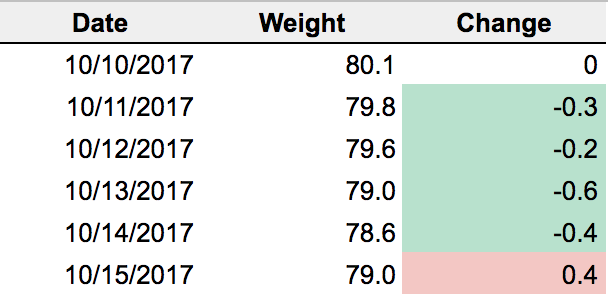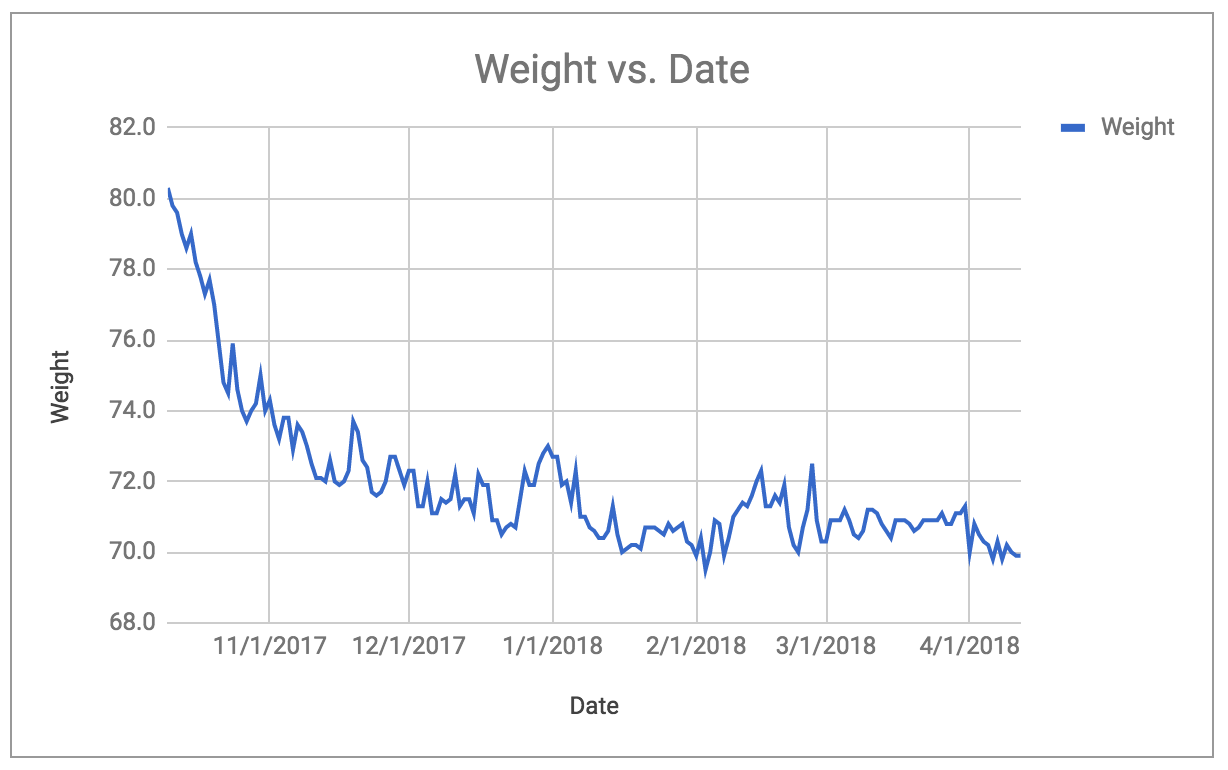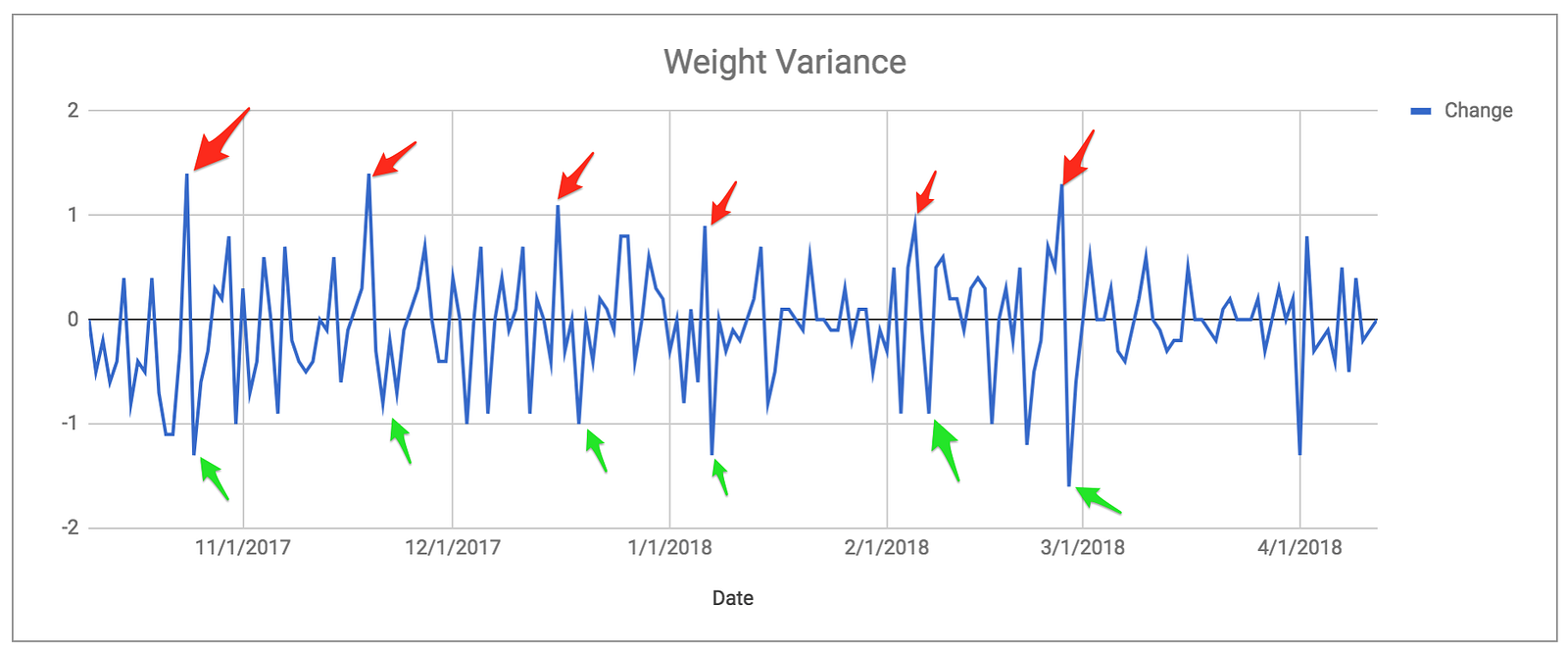In one month, I lost somewhat more than 8 Kgs (~20 Pounds) without working out. After three months I was down 10 Kgs and clearing my psychological hindrance of the 70 Kg without precedent for 10 years.
All it took was the correct inspiration, a little change in eating routine, a body gauging scale, and a profitability hack.
In case you're hoping to shed a couple of kilos, pursue these means in a similar request. Inspiration is by a long shot and expansive the greatest factor, all things considered, Locate a sufficient motivation to get more fit quick without exercise and everything else becomes alright.
You won't require any pills or enhancements. This is a characteristic method to get more fit quick without exercise by seeing how the body functions.
The main cash you should spend is on a body gauging scale in the event that you don't have one. You will really finish up setting aside extra cash over the long haul (more on that underneath).
Getting more fit quick without exercise is a simple issue. All things considered, the arrangement is likewise simple. The starting point is getting this and realizing you can do it as long as you pursue the procedure sketched out in this post.
Try not to attempt different weight control plans or alternate routes in the meantime. Pursue this arrangement to the T and you'll be astonished with the outcomes.
Let’s get started.
Disclaimer: I'm not a specialist or well-being expert and this isn't therapeutic counsel. On the off chance that you have any well-being conditions, counsel your doctor. What worked for me may not for you. These are only thoughts for discussion and thought.
Find the Strongest Motivation
The stronger your motivation to lose weight fast without exercise the easiest it is stick to your diet for the rest of your life.
A good motivation might help you lose a few kilos and then fall back into habits. A great motivation will change your perspective on food and health forever.
The common reasons are:
- Health: live a healthier lifestyle for a longer period of time as well as minimizing the risks of developing potentially life-threatening illnesses
- Appearance: get ready for “beach season” or fit better into society
- Dating: your confidence is enhanced and other people might find you more attractive
- Mood: you feel better physically and mentally, loving yourself more
- Fitness: physical activity is easier when you are leaner and you have more energy throughout the day
Find your strongest motivation and use it to your advantage.
For example:
If it’s fitness, set a specific goal that relates to it, like running a 10k. Print the goal and hang it on the wall.
If it’s health, put a picture of your kids on the fridge. You want to be around longer to be there for them.
Use these simple clues to serve as a constant reminder to your brain of your motivation. Place them in a high-visibility area, such as your phone, fridge or bedroom wall.
Your brain will unconsciously do the rest.
External vs Internal Motivations
External motivations — looking better for the sake of other people liking you— tend to be weaker than internal ones. An exception might be doing it for your kids, but that’s about it. Everything also falls under “insecurity”.
Do it for you.
And if other people appreciate it, all the better!
Other examples of external motivations:
- You want to fit into a group that doesn’t accept you as you are now
- To look better in beach pictures on Instagram
- Join a sports group with your coworkers
My motivation?
To have more energy throughout the day so I can perform at a higher level.
My premise: by eating better and taking care of my body I will increase my focus and in turn become more productive.
This motivation is still true today, a clear sign that is was/is a strong motivation.
And that’s why I still continue to live by these principles today.
How to Lose Weight Fast Without Exercise
The easiest way is by changing your diet.
I learned about the Slow-Carb diet in Tim Ferriss book “The 4 Hour Body”. My plan was essentially what he outlined with a few modifications here and there.
Here are the rules of engagement:
- Skip “white” carbohydrates: bread, rice, cereal, potatoes, pasta, and grains. Avoid eating anything white and you’re safe
- Eat the same few meals over and over again: mix and match but use only a few items (more below)
- Don’t drink calories: a glass or two of dry red wine per night is fine
- No fruit: avocado and tomatoes are exceptions (in moderation) but stay away from everything else
- Take one day/three meals off per week: I choose three meals per week as it allowed me more flexibility
As for the actual foods, mix and match from the following list, constructing each meal with one pick from each of the three groups:
Proteins: egg whites with 1–2 whole eggs for flavor, chicken breast or thigh, black beans, beef (preferably grass-fed), pork, fishLegumes: lentils, pinto, read or soy beansVegetables: spinach, mixed veggies (such as broccoli, cauliflower, or any other cruciferous vegetables), sauerkraut, kimchee, asparagus, peas, green beans
You can eat as much as you like from that list. But keep it simple by repeating the same meals over and over again. This will save you time — you can cook multiple meals in one go (batching) — and money — you can buy in bulk.
For two months I ate chicken breast, beef or fish, and spinach, green beans, and salad as sides. That was it. Simple to buy and prepare. I used just a small portion of the list. Less is more.
Stick With the Diet
You know the theory and you might even stick with it for a few days. But the hard part is keeping it for long-term. Sometimes your strongest motivation is not enough.
What can you do in those situations?
Here are two simple hacks:
#1 Design Your Environment
- Remove unhealthy food by hiding them from view in the back of a high cupboard. Stock your fridge with vegetables, lean meat, and water.
- Don’t buy soft drinks or sweets. Out of sight, out of mind. Eating healthier starts at the supermarket.
- If you want to automate healthier eating, buy a subscription of fresh, seasonal produce delivered to your door each week
- Waiters and what other people ordered can pressure you into eating more than you otherwise might, such as appetizers, drinks or dessert. Make your decision before the waiter comes and order before others.
- If you can, an even better option is to look at the restaurant menu online and make your decision in advance. Since portions in restaurants tend to be larger, order one main course and split or ask for a to-go box right away and stash a portion before you start.
#2 Design Your Defaults
- Remove from the house food that isn’t on your diet or you know is unhealthy
- Buy items from the outer edges of the grocery store. Healthy, wholesome foods are on the perimeter. Junk and processed foods tend to live in the aisles
- Trick your brain into eating less per meal by using smaller plates and bowls
- Plan your meals in advance so you always know what to eat each day. Use Sundays to cook for the entire week and freeze excess food
- Do not keep alcohol at home. If you want to drink, you’ll have to go outside and buy it
- Have a bottle next to your bed so you get in the habit of drinking water immediately after waking up
- Keep another bottle at your desk throughout the day and fill with it cold water to energize your brain
- Only have water at home. Ban everything else, especially juice and soda. Drink a glass of water before meals. It will also make you less hungry
- Always order water when eating out, instead of soda. Bonus points: it’s cheaper. At restaurants, ask for salad as a side dish instead of french fries, potatoes, or rice.
Designing your environment and defaults will be especially helpful when your cravings are high. If there’s no chocolate at home, you probably won’t go out to get.
Weigh Yourself Every Day
Consistency is the key to develop habits and change behavior.
This is where a simple productivity hack by Jerry Seinfeld comes in handy. Seinfeld wanted to become a better comedian. So he decided to write new jokes every day. He was consistent with it. To help him motivate, he used a simple technique.
Here’s how it works:
- Find Your One Thing: we want to lose weight, so that’s going to be our thing
- Put Up a Calendar: hang a huge annual calendar at your workspace, office or home. If you prefer digital, use a spreadsheet
- Mark the Days: put a big X across each day when you devote time to working on your one thing. This creates a chain of X’s showing your progress. Focus on growing your chain longer and longer
- Keep the Chain Going: your only job is NOT to break the chain.
After a few days, you’ll have a chain. Just keep at it and the chain will grow longer every day. You’ll like seeing that chain, especially when you get a few weeks under your belt.
Using this productivity hack for weight loss, all you need to is weight yourself every single day at the same time. I recommend immediately after waking up.
Set up a reminder at the same time of your alarm clock at first and place the body weighing scale next to your bed, so it’s the first thing you see in the morning.
And if you forget to do it, remember: don’t skip twice in a row.
Set Up Your Tracker
Write your weight on your physical or digital calendar and soon enough it will look something like this:

I started out by writing on the Notes app on the phone but quickly moved to a spreadsheet. If you want to copy mine, open the Weight Tracker spreadsheet and select “File -> Make a Copy” in the upper left.
The tool doesn’t really matter, as long as you do it every day. But a spreadsheet gives you an automatic third column that computes the variance in weight — how much you lose or gain each day.
I find that to be a deciding point to adopt a spreadsheet because it increases the awareness of your weight and its oscillations throughout time.
The Power of Awareness
Why go to the trouble of tracking your weight every day? Sounds like a silly idea.
The truth is, by constantly tracking your weight, two things will happen:
- You will become more aware of the progress in your goal by celebrating small wins every day
- Because the number is always on your mind, if your weight goes up, you will think twice before eating something out of the diet. Your brain will unconsciously do the work for you and stop you for a second right before you eat that chocolate
Let’s use my graphs as an example. This is weight over time:

See what I mean by small wins every day? Look at that nice downward line in the first few weeks.
But the second factor is even more powerful. Here’s the variance in weight gain/loss:

The red lines indicate those days were I gained a lot of weight. In the morning I would think: “Why did I gain this much weight?” Then I would think about my choices during the previous 3–4 days and what I did wrong. Perhaps I took too many “cheat meals”, or ate popcorn watching a movie, or too much beer on a night out.
Just by doing this simple exercise, I would be aware of my choices and would they were conflicting with my goal. In other words: I wanted to achieve a goal but my actions were misaligned with my words.
That would serve as a reminder for a couple of days to “stay inside the lines”. As proof, you can see that immediately after those days I always lost a few kgs, as indicated by the green lines. That’s how powerful awareness can be.
Where to Go From Here
It doesn’t matter how much you weight, you will stagnate at some point.
It will seem impossible to lose more weight without exercise and you will be in the same ballpark for a few weeks.
For me, this is around 70 kilos. I’ve been in between 69.5–71.5 kg for at least a couple of months now. My variance is high since it’s quite easy for me to gain or lose weight every day (1kg on any given day is normal).
Now that I’ve kept the same weight for a few weeks, I decided to start doing some exercises every day. I’ve been focusing on doing exercises to burn belly fat as that’s where I can see the biggest results.
I just do some planks and abs for about 10 minutes per day. I added another row to the spreadsheet and put a big X each day I exercise.
When you do stagnate, I recommend you also take it one level up: keep the diet but also integrate a physical activity or daily routine into your daily life to keep losing weight.
This is the natural next step from leanness to gaining muscle.








No comments:
Post a Comment
Type you comment here !